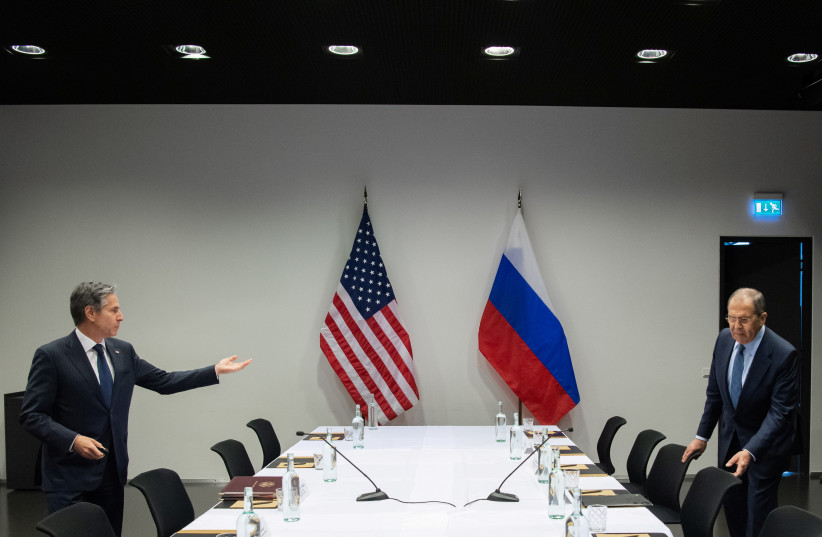The Arctic has been viewed as a peaceful front on the world stage for decades, but that is no longer the case, as environmental changes and geopolitical tensions heat up the region. The last frontier is warming two to three times faster than the rest of the globe and with melting ice also comes new pathways for conflict.
However, through the United States energy policy changes, the US can boost its own and NATO’s standing in the Arctic Circle with or without new member nations.
In many ways, the Arctic Council, compromised of Canada, Denmark, Finland, Iceland, Norway, Russia, Sweden and the US, has served as a concrete model for global partnerships. Earlier this year, 700 individuals, including ambassadors, elected officials and policy experts from a dozen nations descended on Anchorage, Alaska, for the Arctic Encounter Symposium.
With the current dynamics of a Russia shunned by the international community, AES held a dialogue desperately needed. Ambassadors from Finland, Norway and Iceland spoke candidly about how Russia’s actions in Ukraine changed their security formula. The Arctic Council is currently on pause, as Russia has made it clear they have no intention of respecting rules or norms.
Through the US, NATO has a unique role to play in the shifting Arctic. Alaska makes the US a vital Arctic nation, but the US is not reaching its maximum potential above the Arctic Circle. The US has four icebreaker class ships available for deployment, while Russia has over 40. Of the US icebreakers, many are hundreds of miles from where they would need to be in a potential clash. Russia treats the Arctic as a vital trade and training ground, while the US is severely lagging.

The US is also choosing to ignore the energy hub that is Alaska. If Europe is going to be weaned off Russian natural gas, the US has plenty to offer in the Alaskan North Slope and along the Beaufort Sea. Alaska’s natural gas potential has already been permitted and it could provide a vital bridge to cleaner energy alternatives that are not ready yet.
Moreover, it is undeniable that liquid natural gas is better for the world than other fossil fuels; natural gas plants can be readily converted to handle hydrogen or ammonia as we progress towards a carbon-free world.
Alaska can offer energy to Europe and Asia much more efficiently than Russia. The liquid natural gas (LNG) in the North Slope region of Alaska is 3,200 km. closer to Asia than Russia’s Yamal LNG facilities. Getting Europe off of Russian fuel is necessary, but it does not accomplish much if the supply is sold to Asia instead.
By expanding fuel exploration and the ability to transport it through the Bering Sea, the US can be the first to market across Asia, where many of the world’s largest consumers of LNG reside.
To capitalize on these opportunities, the US government needs to provide some consistency when it comes to energy projects. Earlier this year, the US Congress passed an infrastructure bill including a $26 billion (NIS 87 b.) loan guarantee for LNG. Still, too often, the government has pulled the rug out from under projects entirely in compliance, putting all invested capital at risk.
The Arctic policy holds a rare position in public policy as the experts largely agree on the key issues. The US can strengthen the standing of its allies, produce cleaner fuel and boost its national security; all it takes is acknowledging our mantle as an Arctic nation. Recognizing the work that needs to be done is a critical step, and luckily, events like the Arctic Encounter Symposium deliver that.
AES brought together a dozen nations, including the first official action of the United Kingdom when it comes to dialogue about the Arctic. It would be foolish to squander this moment. NATO nations need to invest in the Arctic to cool rising temperatures and political tensions.
The writer is pursuing a master’s in public policy (environmental policy) at Arizona State University and is engagement chair for the Young Republicans National Federation.
